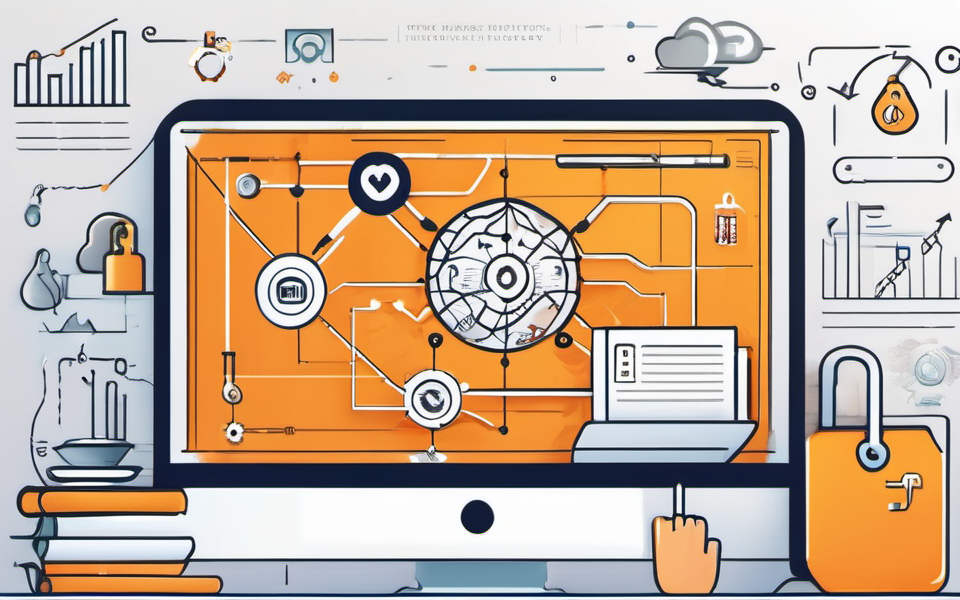Imagine a world where cyberattacks are not just prevented, but predicted. A world where vulnerabilities are identified before they even emerge, where data breaches become a thing of the past. This future isn’t a fantasy. It’s a reality fueled by the power of technical insights and security intelligence, and it’s within reach, ready to usher in a new era of digital security.
The Changing Landscape of Cyber Threats
The threat landscape has evolved, becoming more complex and sophisticated than ever. Gone are the days of simple phishing emails and rudimentary malware. Today, cybercriminals are leveraging artificial intelligence, machine learning, and sophisticated cyberwarfare tactics to target individuals, businesses, and even entire nations.
The Rise of Advanced Persistent Threats (APTs)
One of the most concerning trends is the emergence of Advanced Persistent Threats (APTs). APTs are highly organized and well-funded groups that operate with stealth and persistence, often targeting specific organizations with strategic objectives. These threats can stay hidden within networks for extended periods, extracting sensitive data and causing significant damage.
The Proliferation of Internet of Things (IoT) Devices
The growing popularity of IoT devices, like smart homes and connected cars, has opened new avenues for cybercriminals. These devices often have limited security measures, making them vulnerable to attacks. A breach in a single IoT device can compromise entire networks, leading to massive data leaks and disruptions to critical infrastructure.
Unleashing the Power of Technical Insights
The fight against modern cyber threats demands more than traditional security measures. To combat this ever-evolving landscape, organizations need to leverage the power of technical insights.
The Crucial Role of Threat Intelligence
Threat intelligence is the foundation of proactive cybersecurity. It involves collecting and analyzing data about threats, attackers, and vulnerabilities. This data provides organizations with valuable insights into the current and potential threats they face, enabling them to proactively protect their networks and data.
Unlocking Vulnerability Analysis and Management
Vulnerability analysis and management is crucial for identifying weaknesses in systems and applications. Organizations can use specialized tools and techniques to scan their networks, identify potential vulnerabilities, and prioritize remediation efforts. This process helps organizations stay ahead of attackers and mitigate potential threats before they can be exploited.
Elevating Security with Advanced Analytics
Advanced analytics, powered by AI and machine learning, provides deeper insights into cybersecurity data, helping organizations make better decisions about their security posture. This powerful technology enables:
Predictive Threat Detection and Prevention
Predictive threat detection leverages machine learning algorithms to analyze historical data and identify patterns indicative of future attacks. This proactive approach allows organizations to identify and neutralize threats before they can cause harm, preventing data breaches and mitigating the impact of malicious activity.
Real-time Anomaly Detection and Incident Response
Real-time anomaly detection utilizes AI algorithms to monitor network traffic, system behavior, and user activity for unusual patterns. This constant surveillance enables rapid detection of suspicious activity, allowing security teams to respond quickly to incidents and contain the damage.
Enhanced Incident Response and Recovery
By analyzing incident data with AI and machine learning, organizations can gain valuable insights into the nature of attacks, attacker motives, and affected systems. These insights improve incident response effectiveness, enabling quicker and more efficient containment, mitigation, and recovery efforts.
The Future of Cybersecurity: A Symbiotic Relationship Between Humans and AI
The future of cybersecurity is a harmonious blend of human expertise and advanced technology. While AI-powered security solutions can provide valuable insights and automate routine tasks, they can’t fully replace the strategic thinking, decision-making, and creative problem-solving capabilities of human security professionals.
A New Era of Human-AI Collaboration
Security teams need to embrace a collaborative approach, leveraging the strengths of both humans and AI. By working in tandem, human experts can guide AI models, provide context to complex data, and address ethical considerations while AI tools can empower security teams with increased efficiency and accuracy.
Key Takeaways
- The cybersecurity landscape is constantly evolving, requiring organizations to adopt dynamic and proactive strategies.
- Technical insights are essential for identifying vulnerabilities and anticipating emerging threats.
- Threat intelligence provides valuable information to stay ahead of attackers.
- Advanced analytics leverages AI and machine learning to enhance threat detection, prevention, and response.
- The future of cybersecurity is a collaboration between humans and AI, combining the strengths of both to create a more robust and proactive defense.
This future is not about replacing human expertise but rather empowering it, allowing security professionals to focus on strategic thinking, creative problem-solving, and ethical considerations while AI-powered tools handle the more technical aspects of threat detection and response. Together, humans and AI will unlock a future where cyber threats are not a constant worry but a challenge effectively addressed with the power of technical insights and security intelligence.




